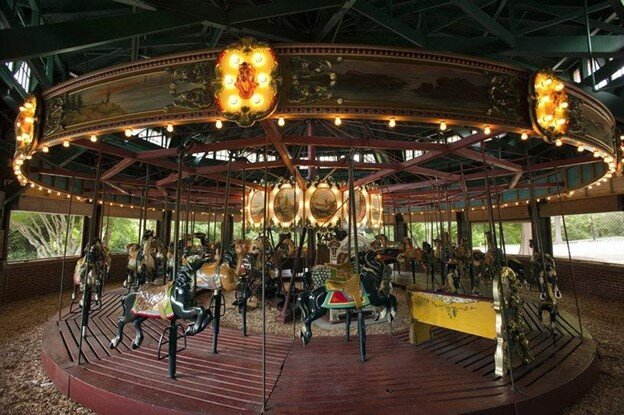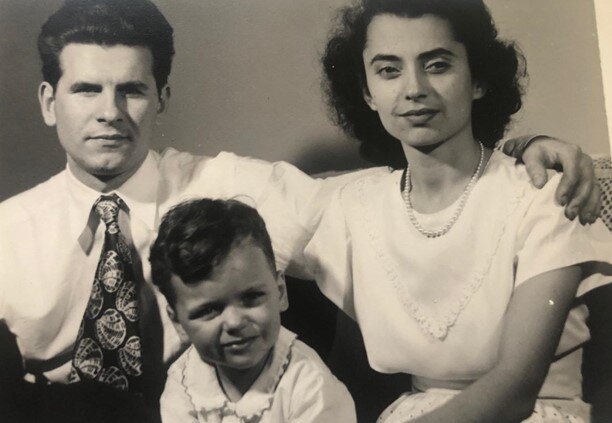On March 11, Gabriel Solis visited OHMA to share and present his work as the executive director of the Texas After Violence Project (TAVP). TAVP is a community based archive dealing in critical memory work, recording and mobilizing the stories of Texas residents whose lives have been impacted by violence in Texas—namely murder, police violence, in-custody deaths, mass incarceration and the death penalty.
We were interested to learn more about trauma-informed interviewing, pedagogical and project design approaches to community-based oral histories, and the role of archives in oral histories meant to create social change.
On April 12, Kae Bara Kratcha and Taylor Thompson met back up with Gabriel Solis, to follow up on Solis’ presentation and to learn more about his ideas concerning teaching towards trauma informed care and oral history methodology. The following is an abridged interview with him.
Read More




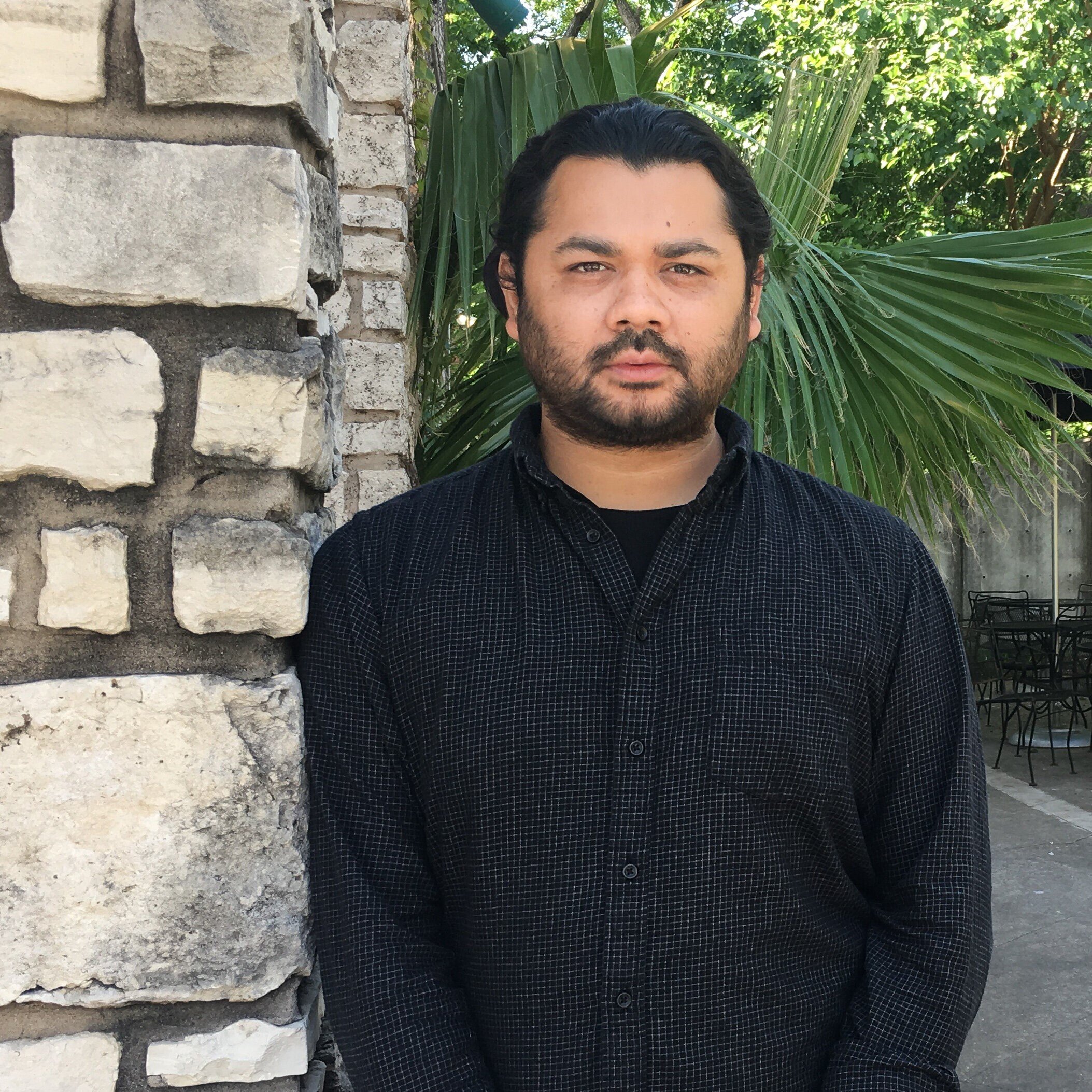



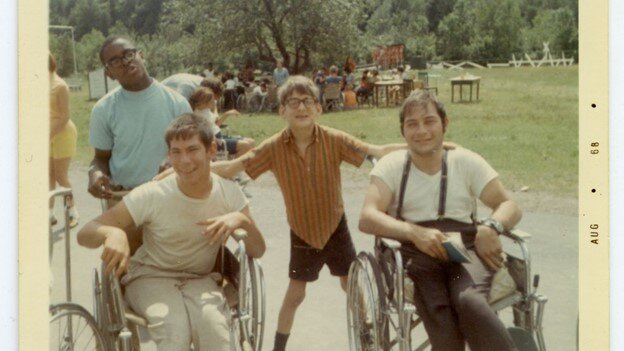



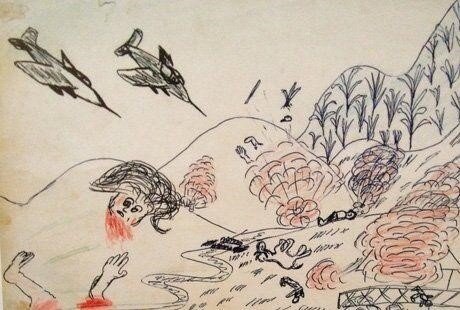
![[ - a grid displays images of a body in motion - ]](https://images.squarespace-cdn.com/content/v1/50d0a18de4b07abde41656e7/1608597314431-Z7O2YLKJOYXLQZNPS0PE/Brandon.jpg)



